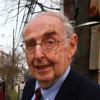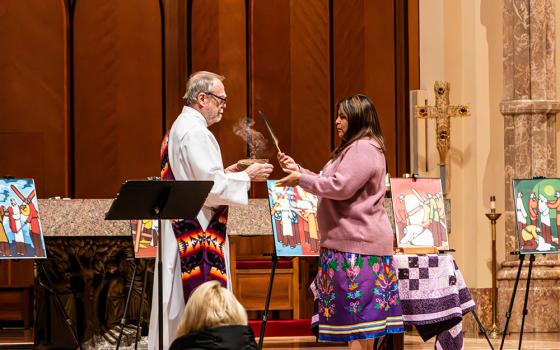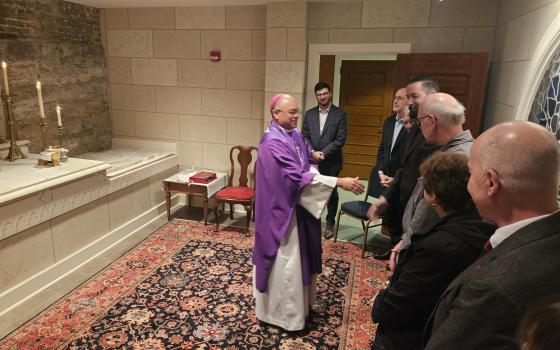
I recently said goodbye to Joseph “Shabaka” Brown, a longtime friend who relocated from Washington to North Carolina. When needing a reminder that overwhelming odds can be defied and despair defeated, or when my law school, college and high school students need reality and not theory-based information on American injustice, it’s been Brown I’ve brought to class.
He belongs to an exclusive club, one of 138 citizens since 1973 who were convicted of capital murder, but after years and years of caged torment on death row were freed on grounds of innocence or dropped charges.
Exonerations have become so common that stories about the eight men released in 2009, including two from Oklahoma on Oct. 2, rate barely a mention in the national media. Approximately 1,000 men and women have been drugged, electrocuted, hung, gassed or shot to death since capital punishment was reinstated in 1977. Compared with that number, the figure of 138 executions means an error rate of about 14 percent.
What if 14 percent of the airplanes taking off from U.S. airports since 1977 crashed? What if 14 percent of the nation’s bridges collapsed? How would that go down?
Brown’s release came in 1987, after 14 years on Florida’s death row. With a low-paid court-appointed attorney who had no murder trial experience, Brown was convicted in 1973 in Tampa on homicide and rape charges. He came within 15 hours of the electric chair.
Initial help came from the NAACP Legal Defense Fund in New York, to be followed by an attorney who took the case pro bono and who would spend $400,000 of his firm’s money and $40,000 of his own. That was Richard Blumenthal, who is now the attorney general of Connecticut. He was pro-death penalty then, and is now, which means his heart was not bleeding for Brown. Instead, his mind was working. He did the arduous digging for facts that would convince the 11th Circuit Court of Appeals in Atlanta that his client had been framed and was innocent.
“The prosecution knowingly allowed material false testimony to be introduced at trial,” the court said. The state did not contest the judgment.
I came to know Brown, an African American who is now 60, married for 22 years and the father of two daughters, when he was a counselor from 1996 to 2004 at the Father McKenna Center at St. Aloysius Catholic Church in Washington. He helped run the center’s program for homeless men. He is grateful to the Jesuit priests at St. Aloysius for giving him a job, when so many others, wary of the 14-year blank space on his resumé, wouldn’t. For the past five years, Brown has been a counselor at the Covenant House in Washington where abused, neglected and homeless teenagers receive crisis care.
As a death row survivor, Brown, who studied for a GED while among Florida’s condemned, sees many wrongful convictions less as mistakes than as deliberate lawbreaking by prosecutors who knowingly withhold evidence helpful to the defense, use planted evidence, coerce witnesses to lie, or ignore recanted testimony. Brown’s is not a wild charge. Richard Moran, a professor of sociology and criminology at Mount Holyoke College, recently released a study of 124 death row exonerations from 1973 to 2007. “Eighty, or about two-thirds,” he wrote in The New York Times, of “so-called wrongful convictions resulted not from good- faith mistakes or errors but from intentional, willful, malicious prosecutions by criminal justice personnel. … Perhaps this explains why, even when a manifestly innocent man is about to be executed, a prosecutor can be dead set against opening an old case. Since so many wrongful convictions result from official malicious behavior, prosecutors, policeman, witnesses, or even jurors and judges could themselves face jail time for breaking the law in obtaining an unlawful conviction.”
The Florida officials who sought to kill Joseph Brown gave him neither money nor an apology for stealing 14 years of his life. On the question of capital punishment, he says: “I’m neither for or against it. I’m against killing, period, whether the violence is by individuals, the state, or armies in warfare. All life is sacred.”
On the dozen or more times Brown has spoken to my classes, it’s a rare student whose support of the death penalty isn’t shaken. From my friend, they’ve been given the inside story -- real inside.
[Colman McCarthy teaches peace studies in several Washington schools.]
| Special Coverage for the National March for Life
To mark the 37th annual March for Life in Washington, NCR has prepared a series of articles that will appear on our Web site Jan. 21 and Jan. 22.
|




